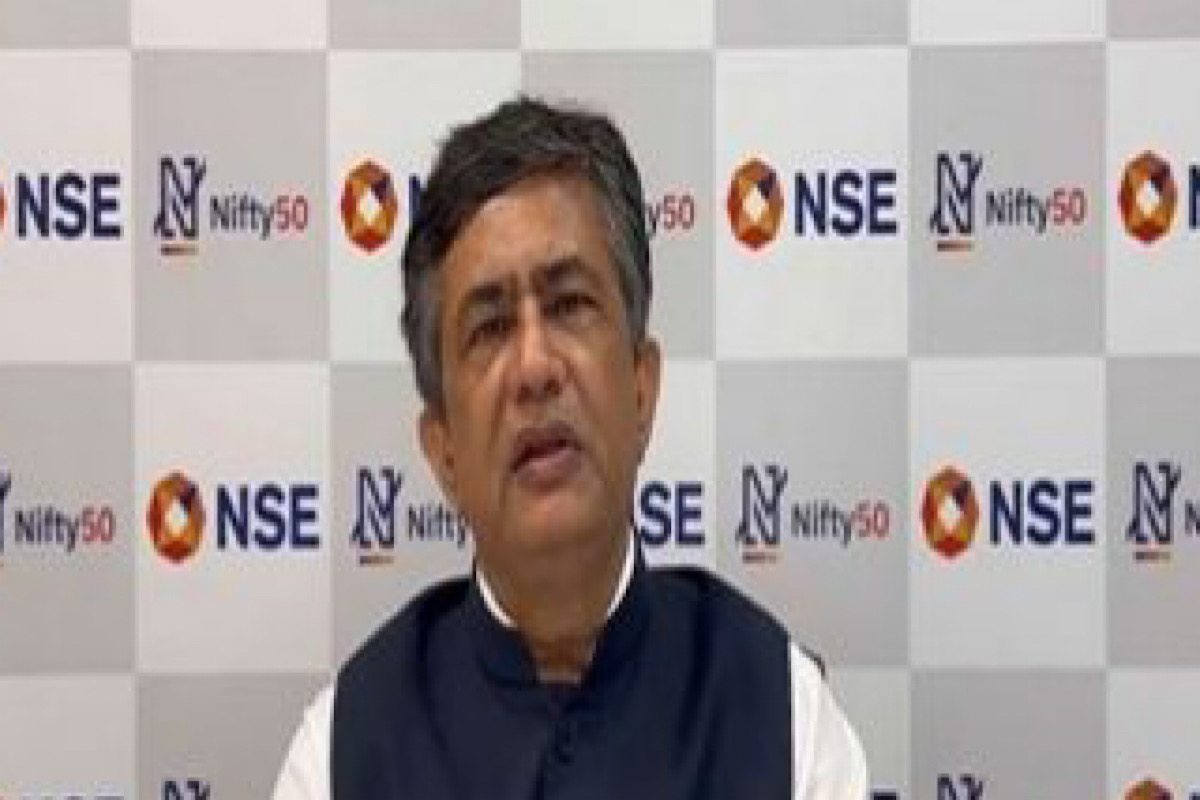India has become the fastest-growing large economy in the world with 7.8 per cent Gross Domestic Product (GDP) and is on a path to an “even more glorious future,” said Managing Director and Chief Executing Officer of the National Stock Exchange (NSE) Ashish Chauhan.
“Today evening the first quarter GDP numbers for the financial year 2023-24 have been released. The GDP growth rate has come out at 7.8 per cent which is a stupendous growth rate. With this India has become the fastest-growing large economy in the world,” said the NSE CEO on social media platform X.
“India GDP numbers for April- June 2023, the first quarter of the financial year 2023-24 has been released. At 7.8 per cent, it is the highest in the large Economies in the world. All round growth in detailed numbers. Amazing. India is on a path to an even more glorious future,” Chauhan further said.
Advertisement
Real GDP or GDP at constant (2011-12) prices in Q1 2023-24 is estimated to attain a level of Rs 40.37 lakh crore, as against Rs 37.44 lakh crore in Q1 2022-23, showing a growth of 7.8 per cent as compared to 13.1 per cent in Q1 2022-23, Ministry of Statistics and Programme Implementation said on Thursday.
With a GDP growth of 7.8 per cent, India continues to be the fastest-growing major economy. China’s economy grew by 6.3 per cent year-on-year in the second quarter of 2023.
According to data released by the Ministry, the agriculture sector recorded a 3.5 per cent growth, which is up from 2.4 per cent in the same quarter of last fiscal. However, the growth in the manufacturing sector decelerated to 4.7 per cent in the first quarter of the current fiscal compared to 6.1 per cent in the year-ago period.
Nominal GDP or GDP at Current Prices in Q1 2023-24 is estimated at Rs 70.67 lakh crore, as against Rs 65.42 lakh crore in Q1 2022-23, showing a growth of 8 per cent as compared to 27.7 per cent in Q1 2022-23, the Ministry added.
The quarterly estimates of GDP are indicator-based and are compiled using the benchmark-indicator method, i.e., quarterly estimates available for the previous year referred to as the benchmark year are extrapolated using the relevant indicators reflecting the performance of sectors.
The data sourced from various ministries, departments, and private agencies serve as valuable inputs in the compilation of the estimates.
The quarterly GDP estimates for July-September, 2023 (Q2 2023-24) will be released on November 30.
